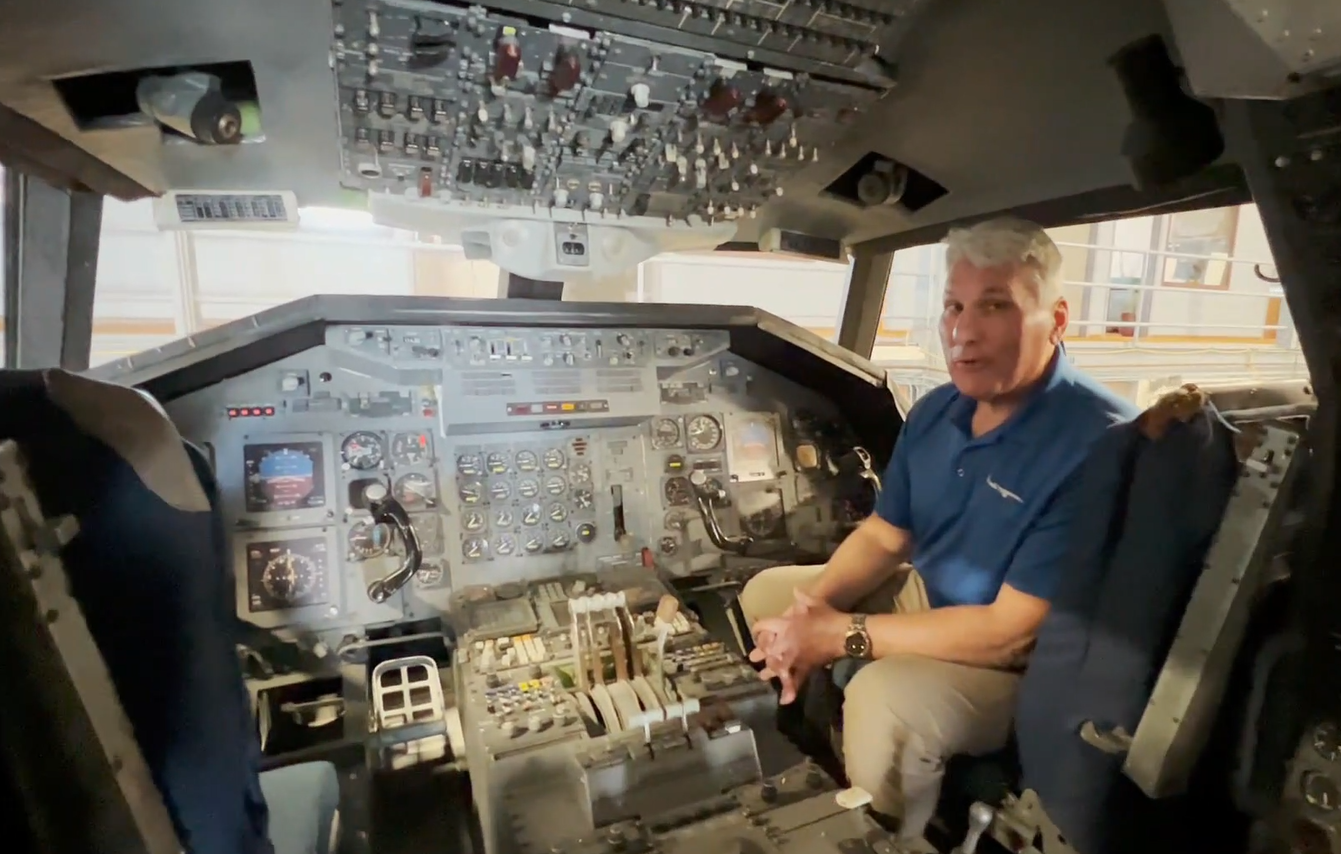Fall in airfares continues to fuel air travel growth
06 April, 2017
3 min read


The price of air travel fell globally by 10 per cent in real terms over the past year and continues to fuel a robust growth in passenger travel, new International Air Transport Association statistics show.
Despite a year that opened with attempts by the Trump Administration to ban travel to the US from six countries and the ongoing implications of Brexit, global passenger traffic in February was 4.8 per cent higher than a year ago.
Adjusting for the fact that last year was a leap year and February had an extra day, this translated to growth of 8.6 per cent — slightly lower than January’s year-on-year growth of 8.9 per cent.
Airlines also filled more seats with the global load factor rising 1.6 percentage points to 79.5 per cent , the highest figure ever recorded for February.
IATA estimated more than half of the increased traffic demand was due to the 10 per cent estimated reduction in real fares.
“The strong demand momentum from January has continued, supported by lower fares and a healthier economic backdrop,’’ said IATA director general Alexandre de Juniac.
“Although we remain concerned over the impact of any travel restrictions or closing of borders, we have not seen the attempted US ban on travel from six countries translate into an identifiable traffic trend.
“Overall travel demand continues to grow at a robust rate.”
International traffic rose 5.8 per cent in absolute terms but was slightly ahead of January’s 9.1 per cent when adjusted for the leap year.
The February figures, which pre-date the laptop ban, saw Middle Eastern carriers record the strongest growth of 9.5 per cent in this category and North American carriers the slowest at 0.3 per cent, or 3.4 per cent when the leap year was taken into account.
The increased interest in Asia by US carriers saw traffic between the regions continue to grow but trans-Atlantic demand continued a sideways trend started in mid-2016.
February traffic for the Asia-Pacific region rose 5.2 per cent with continuing growth in intra-Asian traffic and recovery in Asia-Europe demand after last year’s terrorism-related slowdown.
The resumption of traffic after last year’s terrorism incidents also saw February demand for Europe up by 6.5 per cent while Latin American airlines registered a 5.9 per cent increase and African carriers a rise of 7.1 per cent.
Domestic travel rose 3.3 per cent globally in February, again affected by the leap year, with results varying widely.
Australia registered a non-adjusted decline in traffic of 3.3 per cent but a 3.9 per cent fall in capacity saw the load factor improve slightly to 73.8 per cent.
Brazil and the US also saw declines of 4.8 per cent and 0.4 per cent, respectively, while China (+9.1 per cent), India (+17 per cent) and the Russian Federation (+13.3 per cent) all posted significant increases.
IATA noted the US domestic market had stalled over the past six months despite strong consumer confidence surveys.
“Russia has joined India and China among the fastest growing markets,’’ IATA said. “Traffic is now back on its trend line prior to the collapse of Transaero in late 2015, supported by steady recovery in the economy and ruble over the past year as oil prices have firmed.”
Next Article
Qantas triples profit but misses mark

Get the latest news and updates straight to your inbox
No spam, no hassle, no fuss, just airline news direct to you.
By joining our newsletter, you agree to our Privacy Policy
Find us on social media
Comments
No comments yet, be the first to write one.
